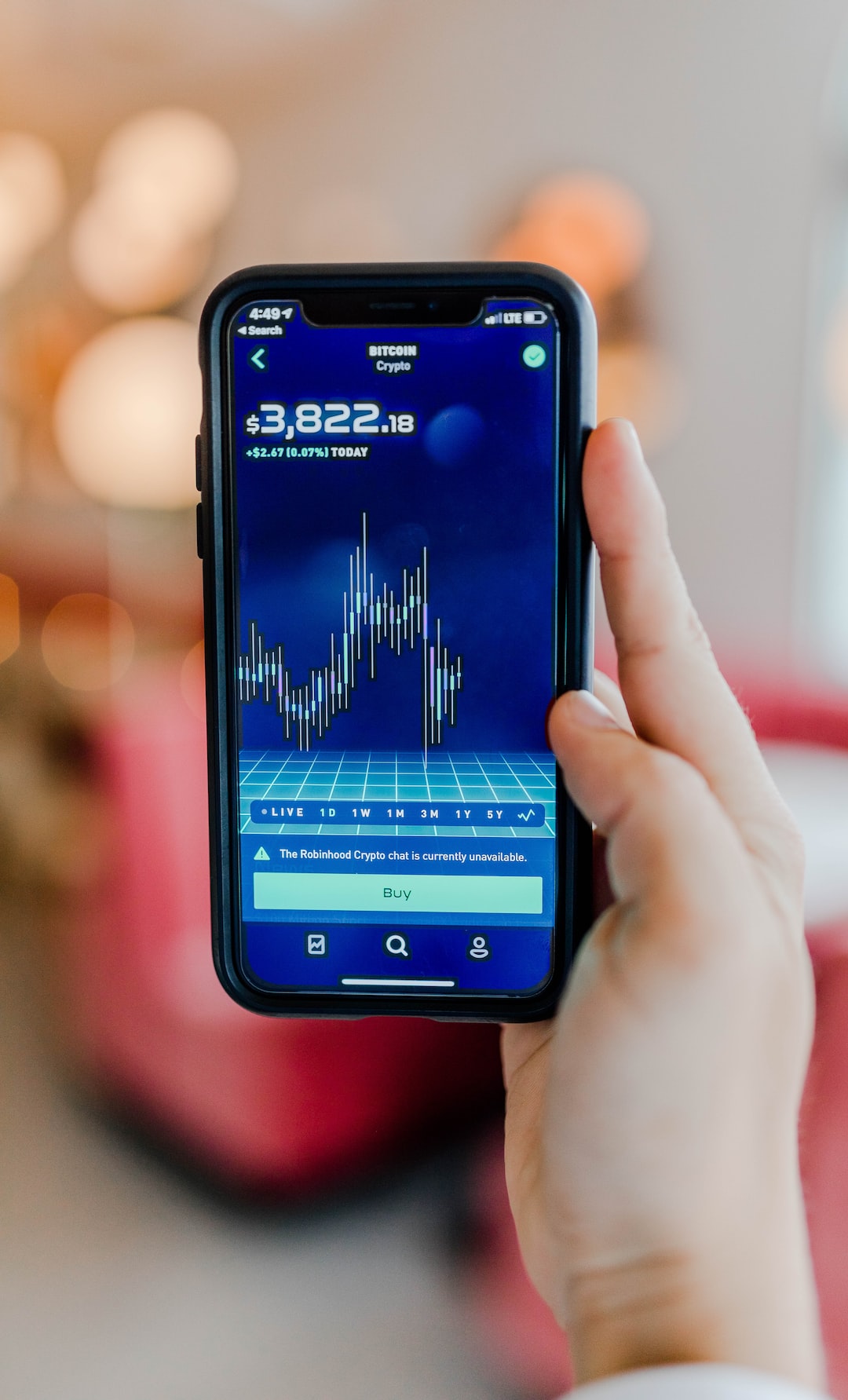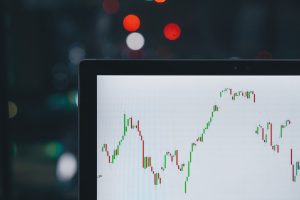Day trading and forex trading are two popular investment strategies in the financial markets. Both involve buying and selling financial assets to make a profit, but there are crucial differences that separate the two. In this article, we’ll explore the key differences between day trading and forex trading.
Definition of Day Trading
Day trading refers to the practice of buying and selling financial assets within the same trading day. The goal of day traders is to make a profit from price movements in the market on a short-term basis. Day traders typically hold their positions for a few hours or even a few minutes, and they close all their positions before the end of the trading day.
Day traders use technical analysis to identify potential trading opportunities. They look for patterns, trends, and signals on price charts to determine when to enter and exit trades. Day traders often use leverage to amplify their returns, and they can make many trades in a single day.
Definition of Forex Trading
Forex trading, also known as foreign exchange trading, involves buying and selling currencies in the foreign exchange market. The goal of forex traders is to make a profit from fluctuations in exchange rates between different currencies. Forex traders hold positions for longer periods than day traders, ranging from days to months.
Forex traders use fundamental analysis and technical analysis to identify trading opportunities. Fundamental analysis involves analyzing economic and political factors that affect exchange rates, while technical analysis involves analyzing price charts and patterns to identify trends and signals. Forex traders use leverage to amplify their returns, and they can make trades 24 hours a day, five days a week.
Key Differences between Day Trading and Forex Trading
1. Time Horizon
The main difference between day trading and forex trading is the time horizon. Day traders hold positions for a few hours or even a few minutes, while forex traders hold positions for longer periods. Day traders focus on short-term price movements, while forex traders focus on long-term trends.
2. Trading Strategies
Day traders use technical analysis to identify potential trading opportunities, while forex traders use a combination of fundamental and technical analysis. Day traders make many trades in a single day, while forex traders make fewer trades over a longer period.
3. Market Volatility
Day traders thrive on market volatility, as they need price movements to make a profit. Forex traders can make a profit in both volatile and stable markets, as they can trade both long and short positions.
4. Leverage
Both day traders and forex traders use leverage to amplify their returns. However, day traders typically use higher leverage than forex traders, as they need to make many trades in a single day.
5. Market Access
Day traders can trade stocks, options, futures, and other financial assets, while forex traders can only trade currencies. Forex traders have access to a global market, while day traders have access to multiple markets.
Conclusion
In summary, day trading and forex trading are two popular investment strategies with distinct differences. Day trading involves buying and selling financial assets within the same trading day, while forex trading involves buying and selling currencies in the foreign exchange market. Day traders focus on short-term price movements, while forex traders focus on long-term trends. Both day traders and forex traders use leverage to amplify their returns, but day traders typically use higher leverage. Ultimately, the choice between day trading and forex trading depends on individual preferences and risk tolerance.





